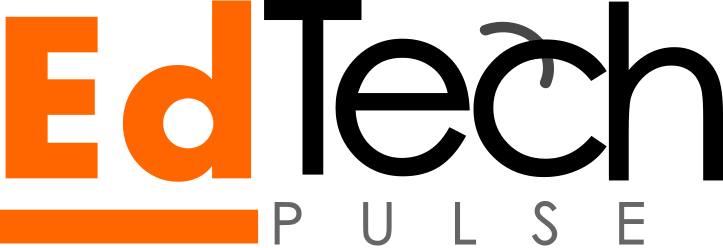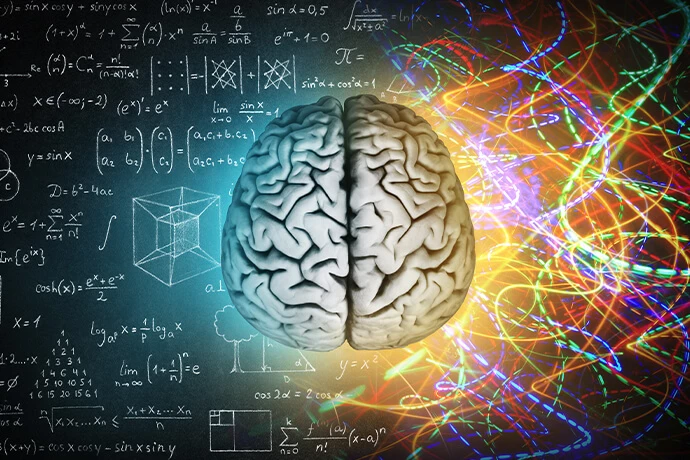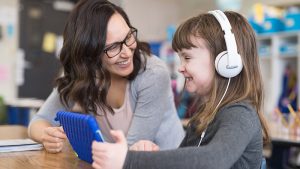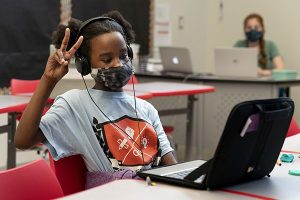Why Less Can Be More in Education
In an age where attention spans are shrinking and digital distractions are abundant, traditional teaching methods are being challenged. Long lectures, dense textbooks, and hour-long assignments often leave students disengaged or overwhelmed. Enter microlearning — a strategy that breaks complex information into short, digestible chunks, making it easier for learners to absorb and retain content.
This approach isn’t just a trend; it’s a reflection of how the brain prefers to learn. When paired with digital tools and mobile platforms, microlearning becomes a powerful force in the classroom — driving engagement, improving retention, and promoting continuous learning.
This article explores the neuroscience behind microlearning, examines the tools making it easier to implement, and showcases real-world case studies from classrooms that are thriving on “small bites.”
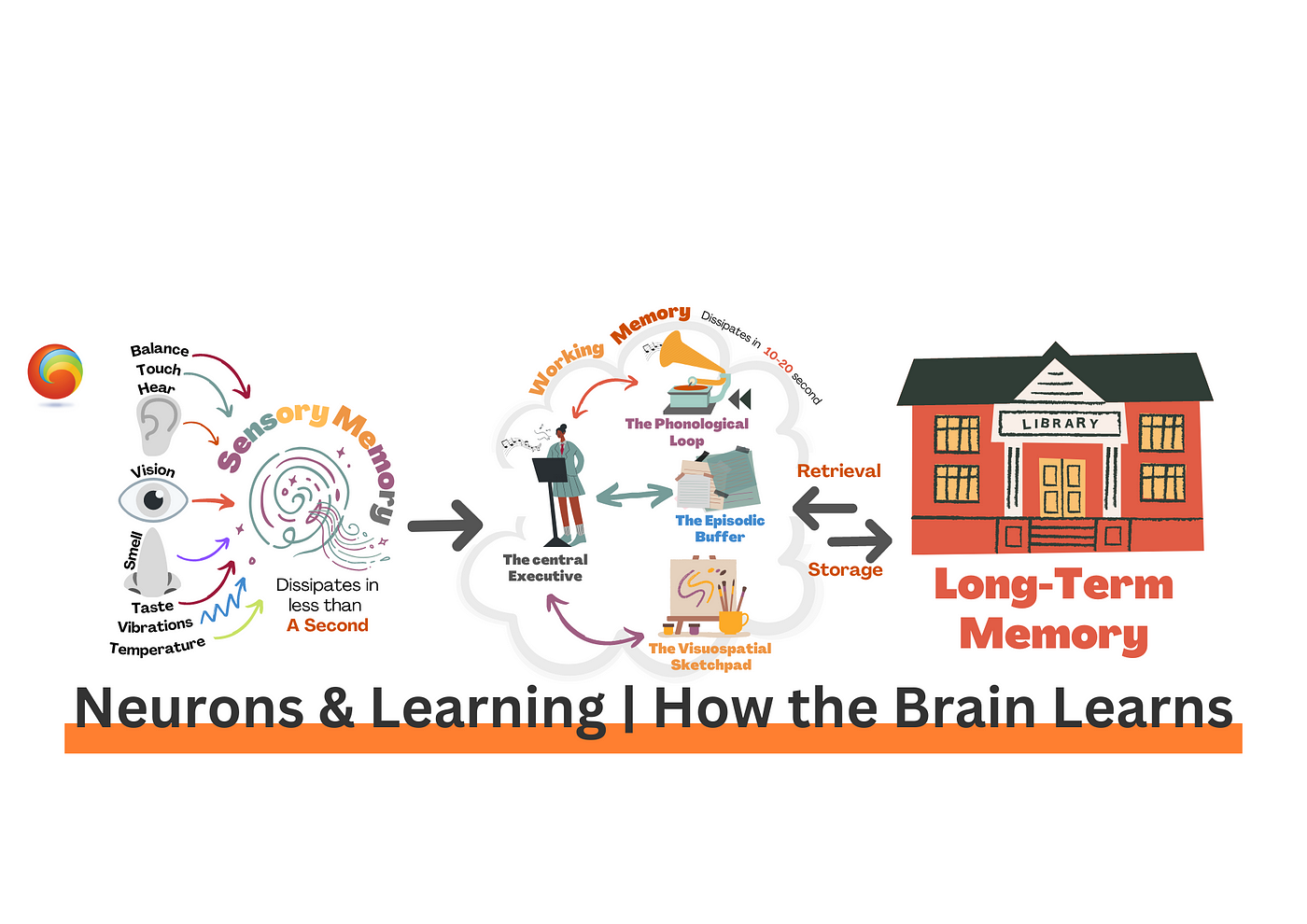
1. The Neuroscience of Microlearning
a. The Brain’s Capacity for Processing Information
Cognitive load theory tells us that the human brain can only process a limited amount of information at one time. When students are bombarded with too much content, learning suffers. Microlearning combats this by delivering short, focused lessons that align with how the brain naturally learns.
b. Spaced Repetition and Memory
Microlearning leverages the spacing effect — a principle that shows people remember information better when it’s studied a little at a time over longer intervals. This technique helps move content from short-term to long-term memory.
c. Dopamine and Motivation
Completing small learning tasks releases dopamine, the brain’s reward chemical. This creates a sense of accomplishment and motivation, particularly when learners can see their progress immediately, as is common with gamified microlearning platforms.
2. Benefits of Microlearning in Education
- Higher Engagement: Students are more likely to stay focused during a 3–5-minute lesson than a 50-minute one.
- Improved Retention: Smaller information chunks are easier to remember and review.
- Greater Flexibility: Micro lessons fit into diverse schedules, allowing learning to happen anytime, anywhere.
- Personalized Pacing: Students can repeat or skip modules based on their needs.
- Mobile-Friendly: Lessons can be accessed via smartphones, ideal for remote or blended learning.
3. Tools and Apps Supporting Bite-Sized Learning
Many edtech tools are already leveraging microlearning frameworks. Here are some of the most effective platforms for educators looking to integrate small-bite content into their classrooms:
a. EdApp
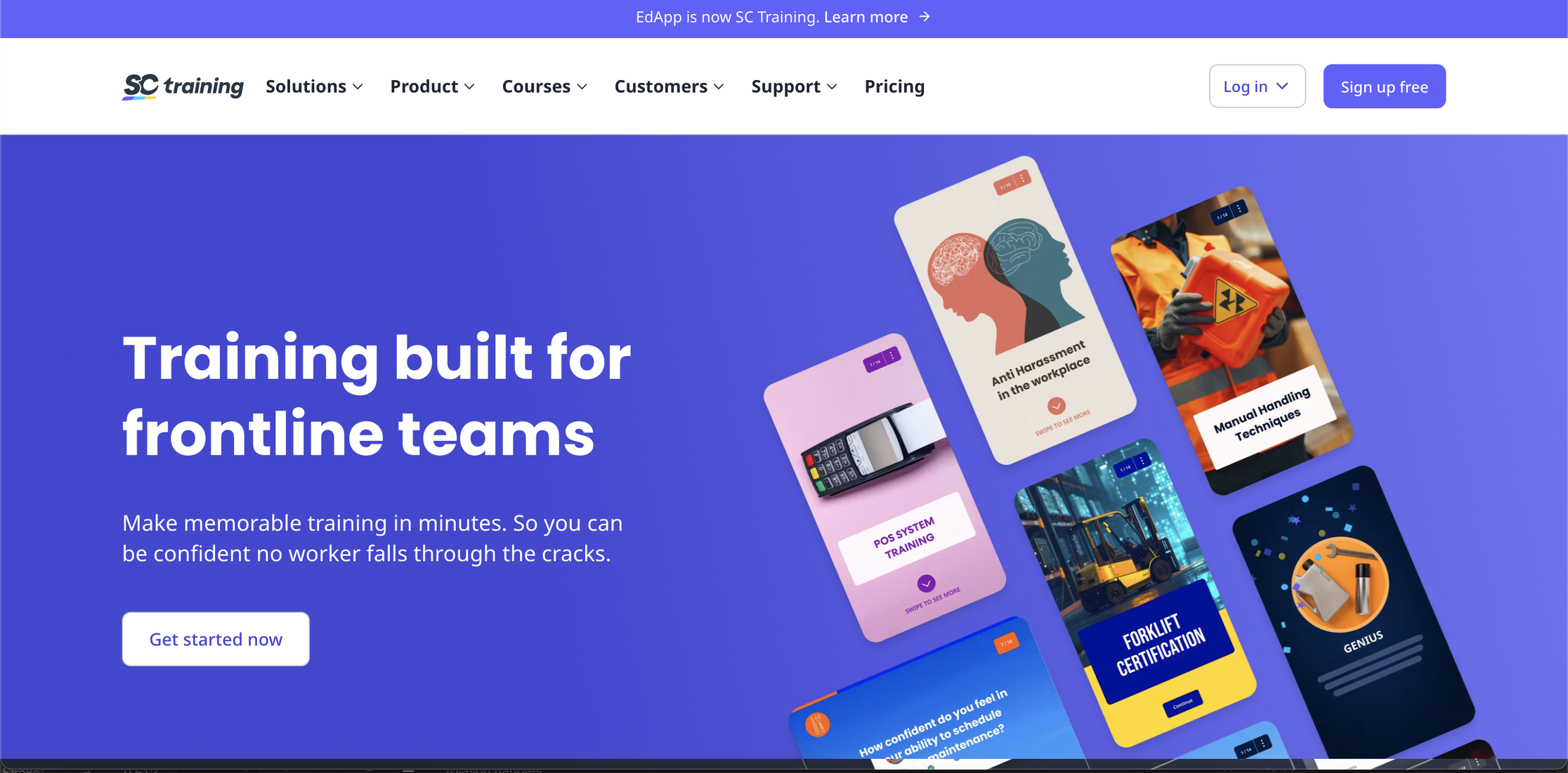
A mobile-first platform offering micro-courses, quizzes, and gamified content. It supports spaced repetition, progress tracking, and real-time analytics.
b. Quizlet
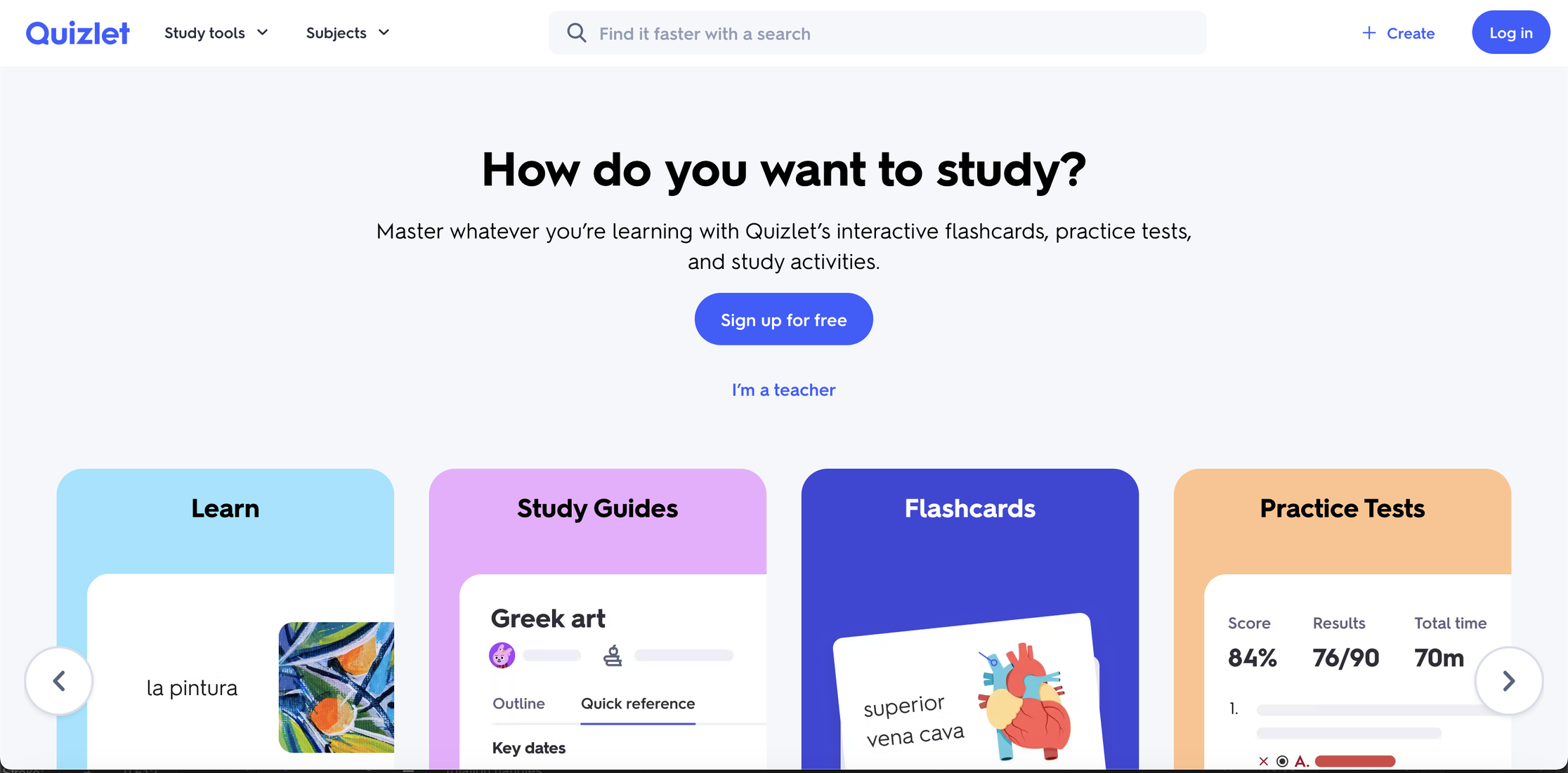
Students can review flashcards, quizzes, and games that promote memorization and comprehension — all in short sessions.
c. Khan Academy
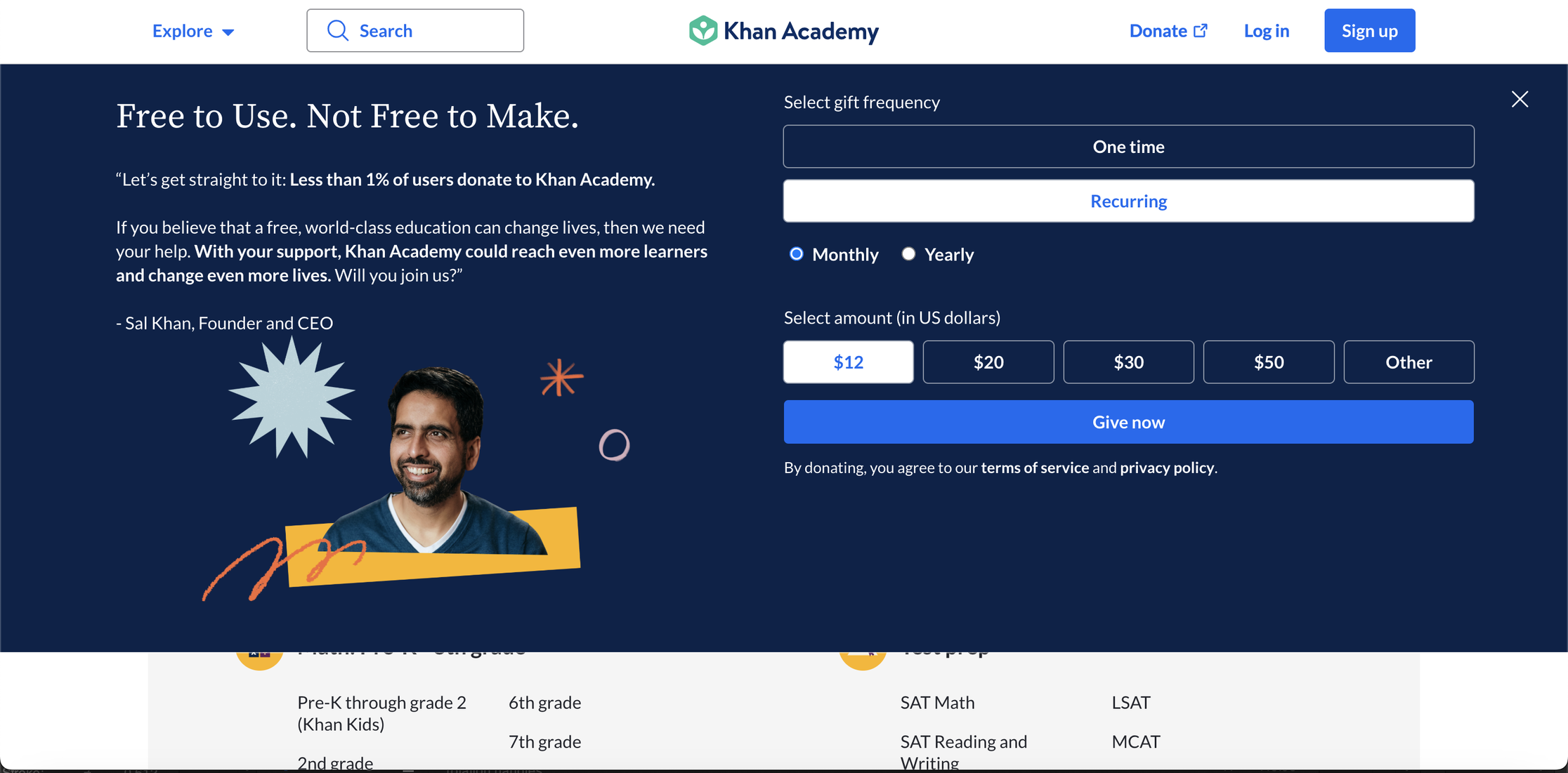
While not strictly microlearning, many of its videos are 5–10 minutes long, providing high-quality instruction in bite-sized formats.
d. Duolingo
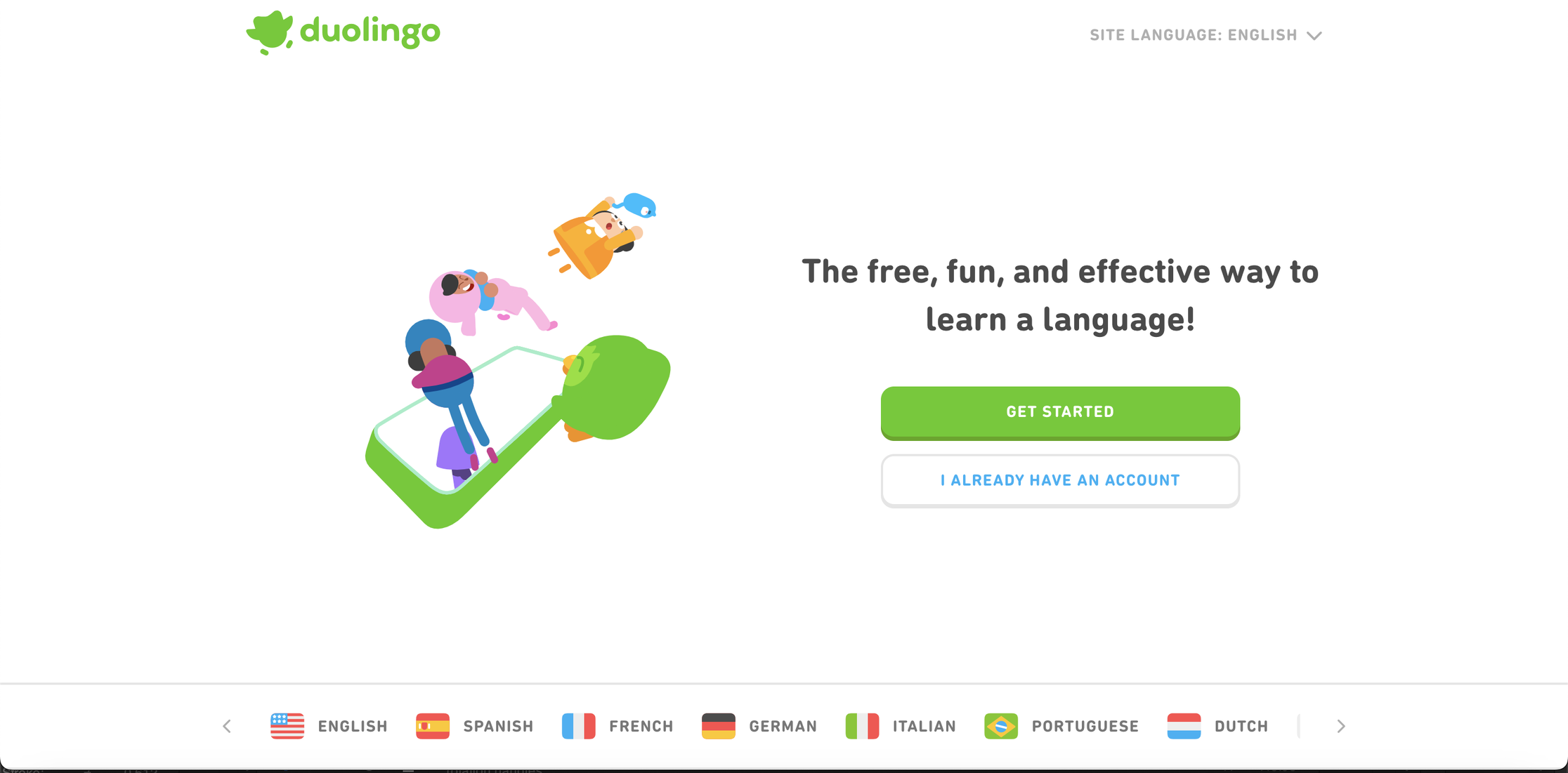
Though language-focused, Duolingo’s approach to learning in quick bursts is widely admired and often emulated in other subjects.
e. Google Forms + YouTube Educators can create interactive quizzes based on short video lessons, offering instant feedback and tracking.
f. Nearpod
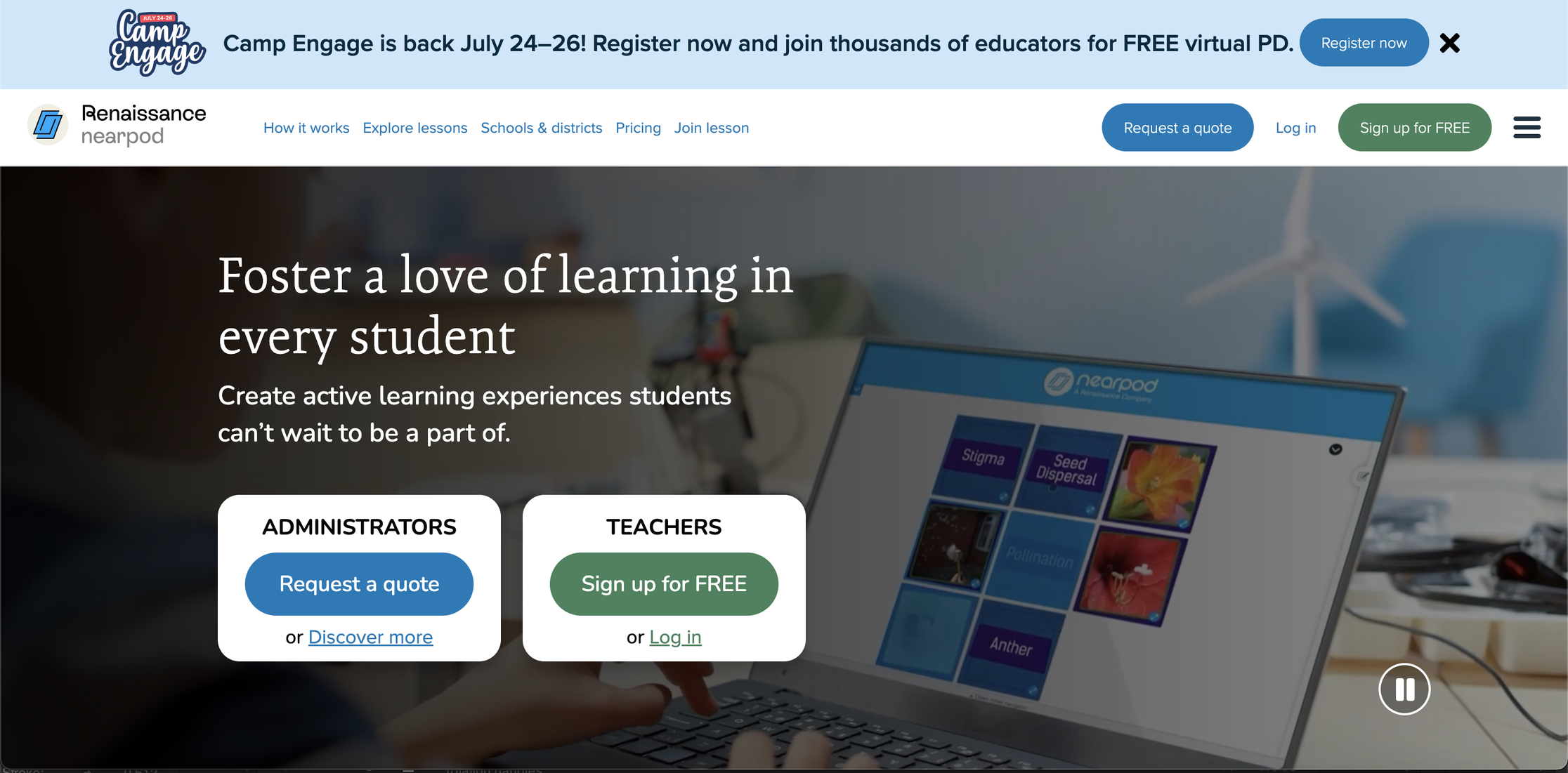
Enables teachers to create interactive, multimedia-rich micro-lessons that can be delivered synchronously or asynchronously.
4. Case Studies: Microlearning in Action
a. K–12 Classroom: Blended Science in Nairobi, Kenya
At a middle school in Nairobi, science teachers implemented microlearning modules using YouTube videos and EdApp. Each concept — such as photosynthesis or the water cycle — was introduced through 5-minute videos, followed by mini-quizzes. Over one semester, science scores improved by 18%, and students reported increased confidence in their understanding of scientific terms.
b. High School: Gamified History Lessons in Canada
A history teacher in Ontario turned his curriculum into a game by breaking chapters into daily challenges. Students received badges for completing short readings, quizzes, or short reflections. Using Classcraft and Quizlet, the class saw a 23% increase in assignment completion rates.
c. Higher Education: Nursing Training in India
A medical college in Chennai introduced microlearning modules for nursing students using mobile phones. Through short daily lessons on medical terms and procedures, students gained better practical recall during clinical rounds. The dropout rate in the program dropped by 12% in the first year of implementation.
d. Special Education: Learning Math in New York City
For students with learning differences, microlearning became a game-changer. A special ed teacher used Seesaw to create short math tutorials followed by one-question assessments. These lessons helped improve focus and allowed students to build confidence one concept at a time.
5. Best Practices for Implementing Microlearning in the Classroom
a. Keep Lessons Focused: Stick to one learning objective per module. b. Use Multimedia: Combine text, visuals, and audio to cater to multiple learning styles. c. Make It Interactive: Include short quizzes, polls, or activities to reinforce content. d. Leverage Student Feedback: Use insights to improve pacing and clarity. e. Monitor Progress: Use tools with built-in analytics to track student engagement and understanding. f. Blend with Other Methods: Microlearning works best when paired with larger projects, discussions, or assessments.
6. Addressing Common Concerns
“Can microlearning cover complex subjects?” Yes — when used to break down a larger topic into smaller units that build on each other. Think of it like assembling a puzzle: each micro-lesson is one piece.
“Isn’t this just digital cramming?” No. Effective microlearning is based on cognitive science, not cramming. It’s about clarity, timing, and reinforcement — not rushing.
“Will students take it seriously?” Students often find microlearning more approachable and less intimidating, which increases their participation. The key is consistency and integration into formal assessment systems.
7. The Future of Microlearning in Education
As AI and adaptive learning advance, microlearning will become even more personalized. Platforms will predict what each student needs to review and when, optimizing both time and retention.
Emerging trends include:
- AI-powered micro-tutors
- SMS-based learning modules for low-internet areas
- Augmented reality (AR) micro-lessons
Microlearning isn’t a silver bullet, but when thoughtfully implemented, it addresses many of the core challenges in modern education.
Conclusion: Small Bites, Big Results
Education doesn’t have to be long-winded to be impactful. In fact, it’s often the opposite. Microlearning capitalizes on how the brain naturally acquires and recalls information, making learning more engaging, efficient, and effective.
For teachers navigating hybrid classrooms, learners juggling distractions, and institutions aiming for scalable solutions, microlearning offers a way forward — one bite at a time.
Happy to announce that we have launched the official Edtech Pulse Website at https://edtechpulseonline.com. Visit for latest news, trends and opportunities in the edtech space. Follow @ashpotng on social media for updates and behind-the-scenes content.
